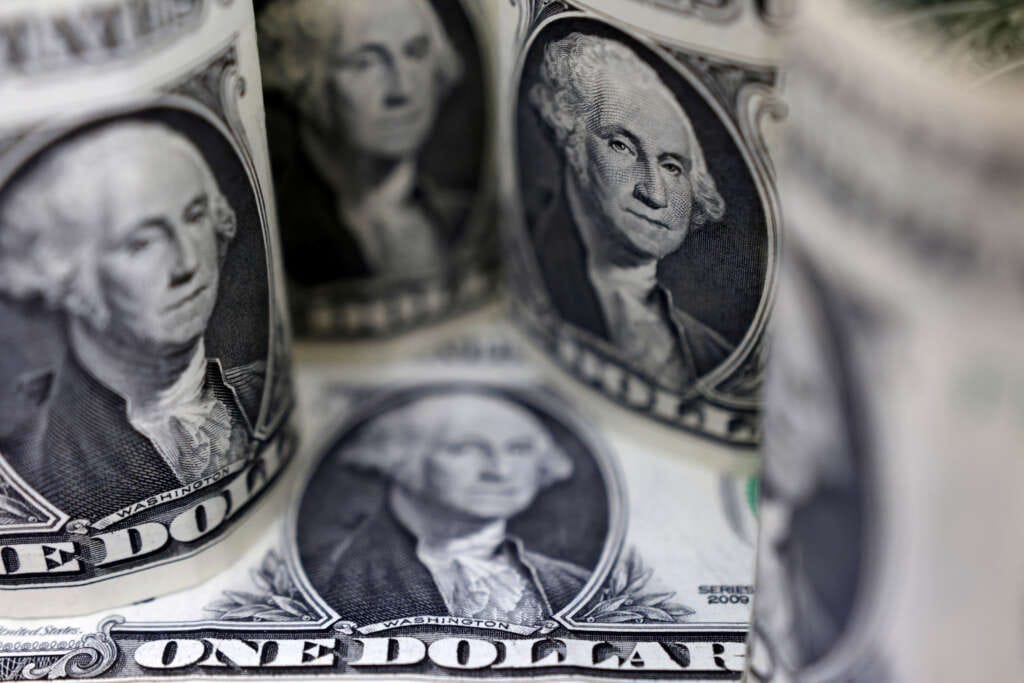
By Rae Wee
SINGAPORE (Reuters) – The dollar steadied in a holiday-thinned Asia session on Tuesday, though it struggled to lift far from five-week lows as traders reckoned banking stress would keep the Federal Reserve from hiking rates much further, or at all, later in the week.
The greenback ticked about 0.1% higher to $1.0712 per euro and advanced a bit further on the Australian and New Zealand dollars. It held at 131.24 yen, just above a five-week low at 130.55.
“Volatility in rates and the broader asset markets has been extraordinary recently,” said John Velis, FX and macro strategist for the Americas at BNY Mellon.
“That has clouded the picture for the March (Fed) meeting and beyond. One consequence has been a substantial repricing … regarding future rate expectations,” he said, with the peak seen at 5.5% only a few weeks ago, against about 4.8% now.
The dollar has followed those expectations lower, though general nervousness in financial markets has tempered selling.
According to the CME FedWatch tool, markets are pricing in a 25% chance that the Fed will stand pat when it announces its monetary policy decision on Wednesday, with a 75% chance of a 25 basis point rate hike.
On Tuesday, minutes showing Australia’s central bank had agreed on March 7 to consider the case for a rate pause at its April policy meeting, even before the recent bout of volatility weighed on the Aussie which dropped 0.5% to $0.6686.
News of UBS’s planned takeover of rival Credit Suisse on Sunday – a shotgun merger engineered by Swiss authorities – gave cause for some relief that the most urgent risks were in hand.
Still, sentiment is fragile, as investors grapple with bank stress that has mushroomed from weakness in regional U.S. banks to the humbling of a global lender in a matter of days.
“Markets remain nervous, but the rapidity of policymakers’ response to the evolving banking sector risks is heartening,” said Alvin Tan, head of Asia FX strategy at RBC Capital Markets.
Also on Sunday the Federal Reserve, in coordination with central banks elsewhere, announced it would offer daily currency swaps to ensure there would be plenty of U.S. dollars to go around.
“There has been pretty modest demand for U.S. dollars at the Fed swap lines, so that is a positive sign in and of itself,” said Carol Kong, a currency strategist at Commonwealth Bank of Australia.
“But there continues to be some signs of stress in funding markets … so currencies will continue to be pretty cautious,” she added.
Sterling slipped 0.1% to $1.2260. The U.S. dollar index rose 0.06% to 103.40.
The approval of International Monetary Fund financing for Sri Lanka sent the beaten-down Sri Lankan rupee about 7% higher on the dollar.
(Reporting by Rae Wee; Editing by Jamie Freed and Bradley Perrett)


